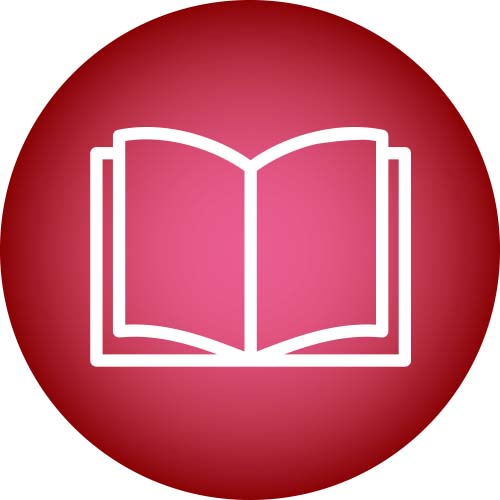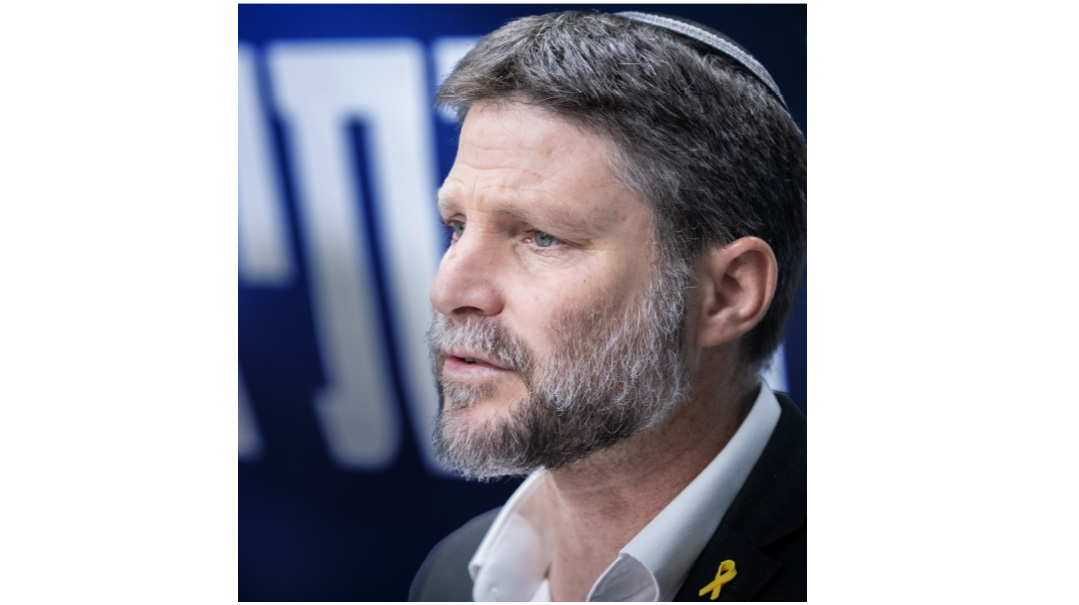Proper Posture

Our posture in prayer reminds us that we're akin to angels
One of the sweetest stages of toddlerhood occurs when a child begins to mimic his surroundings. I have countless pictures and videos of miniature offspring sporting snoods and hats, shouldering backpacks double their size, and working
In truth, he’s right on the mark; our posture during Shemoneh Esreh is one of the most iconic features of this tefillah. What is the correct posture for Shemoneh Esreh in general? And why do we bow?
“Rabi Shmalai teaches, what is a fetus in utero akin to? A folded sheaf of papers; his hands rest on his feet, his elbows on his knees, ankles on his shoulders, and his head rests between his knees” (Maseches Niddah 30b).
For the pre-sonography era of the Gemara, this is an incredibly precise depiction of a baby in utero. It’s also an accurate description of our posture when we bow.
The Maharal (Nesivos Olam, Nesiv Hatzedek 3) explains that this isn’t an accidental correlation. Bowing is a holistic, bodily expression of servitude; when we bow, whether during Shemoneh Esreh or Aleinu, we reassert our position as ovdim of HaKadosh Baruch Hu. This posture should be familiar to us: It’s the pose we maintained for nine months in utero, as we developed into viable human beings, and its imprint was our natural default position for the first months of babyhood. In essence, from our earliest development, we are, quite literally, servants of our Creator.
The physical act of bowing is divided into three parts. First, as we utter “Baruch,” we bend our knees. This position, with our knees bent and back rounded toward the ground, is the most similar to the fetal position. Baruch and “berech,” knee, share a common root.
My “berech” has assumed the classic stance of servitude while saying “Baruch,” and my thoughts should follow suit: Here’s the place to reflect on the fact that my tafkid, my true purpose in This World, is to be a loyal servant to Hashem.
“And his head rests between his knees.” The second stage of bowing, where our knees straighten and we bend at the waist, coincides with saying “Atah.” Our body’s position expresses complete submission to Hashem, and our thoughts should be in tandem. Now is the time to focus on how everything I have, everything I do, and the sum total of my accomplishments are only a function of Hashem’s Will. Recognizing my utter dependence on Him is a gateway to humility; how can I feel superior to anyone in This World if He is the source of my attributes and abilities?
The final stage of bowing corresponds with Sheim Hashem. When we say His Name, I stand ramrod straight, acutely aware that He’s the “zokef kefufim,” He straightens the bent. Straight backed, I embody capability, a quality that comes directly from Him. Therefore, I now utter His Name, attributing my upright position to Him.
The messages of bowing — servitude, humility, and utter dependence — are hallmarks of my relationship with Hashem. So much so, that even if I’m compelled to daven while seated, for safety concerns or due to illness, I still am required to bow from a sitting position (Shulchan Aruch 94:7).
At Loss for Words
Is there a “correct” posture for the remainder of Shemoneh Esreh when we don’t bow?
The iconic words of Chazal, “Acharei hapeulos nimshachin halevavos — our heart follows our actions,” are particularly relevant to our posture during Shemoneh Esreh. It can be challenging to preserve our focus on the Shechinah for the duration of tefillah. The way we position our body is a visceral reminder that Hashem is opposite us, listening to our every word.
“One should lower his head slightly, so his eyes are inclined toward the ground… and his heart should focus upward, toward the Heavens” (ibid. 95:2).
“…And he stands like a servant before his master, with awe and fear” (ibid. 95:3).
The mindset engendered by our humbled pose is best expressed in the opening lines of the tefillah: Hashem, sefasai sifsach, u’fee yagid tehilasecha.” Sefasai indicate our lips, while fee (peh) refers to our organs of speech, like our tongue, teeth, and larynx. Why do we ask Hashem to help us with both?
Years ago, I had the opportunity to meet with one of the last remaining talmidim of the Chofetz Chaim, who’d been described as an “olah temimah” (pure sacrifice) by the Chofetz Chaim himself. When my husband and I entered his home (a literal throwback to the simplicity of the alter heim), I suddenly found myself grasping for words. It was the closest experience to dumbstruck I’d ever had.
The fear and awe of standing opposite a gadol was inconceivable. We’d meticulously planned every word. We’d practiced the cadence and tone of our speech opposite the mirror countless times, yet when we were facing the gadol, we were so overwhelmed, speech evaded us.
Sometimes our lips part (sefasai sifsach), but no sound emerges. Alternately, we begin to speak (u’fee yagid), but intelligible speech fails us, and incomprehensible sounds (uh, um, uh) surface instead.
This is the experience of “And he stands like a servant before his master, with awe and fear.”
A Shake and a Shukel
Shukeling during tefillah is a controversial topic. Some insist it’s the classic stance of davening, others feel it serves as a distraction from focusing on the tefillah itself. The Mishnah Berurah offers a rationale for shukeling: “And one should shake during tefillah [in accordance with the teaching] ‘all your limbs shall speak of Hashem, who is comparable to Him’ ” (Mishnah Berurah 95:3:7).
Proponents of shukeling are quick to quote this halachah. What they may not realize is that the Mishnah Berurah mentions this while commenting on the requisite fear and awe during tefillah. Perhaps shukeling is in fact the body’s expression of trepidation at standing before the King: Literally shaking with fear!
One of the greatest gedolim of the previous generation was known to stand absolutely still during Shemoneh Esreh, the picture of a loyal soldier at the bidding of his commander. His only indication of movement was a vein in his forehead that throbbed periodically during tefillah. Some of his close talmidim posited that the vein throbbed in tandem with the gadol’s pronouncement of Sheim Hashem.
Either way, shukeling shouldn’t distract us from the task at hand, rather it should serve to enhance our recognition of “da lifnei Mi atah omeid.”
Of all the details of proper comport during Shemoneh Esreh, perhaps the most familiar to us is the requirement to stand with our feet planted firmly together. This, explains the Shulchan Aruch, is to assume the pose of the malachim, whose legs are fused together as one.
The Mishnah Berurah explains that for the duration of Shemoneh Esreh, we’re akin to malachim. Why? Because we’re in conversation with the Shechinah. When we remember this basic truth, the way we bow and stand and shukel become intuitive behaviors, our body’s way of articulating the experience of davening Shemoneh Esreh: Standing in awe before our King.
Mrs. Elana Moskowitz has been teaching in seminaries for nearly 20 years.
(Originally featured in Family First, Issue 777)
Oops! We could not locate your form.




